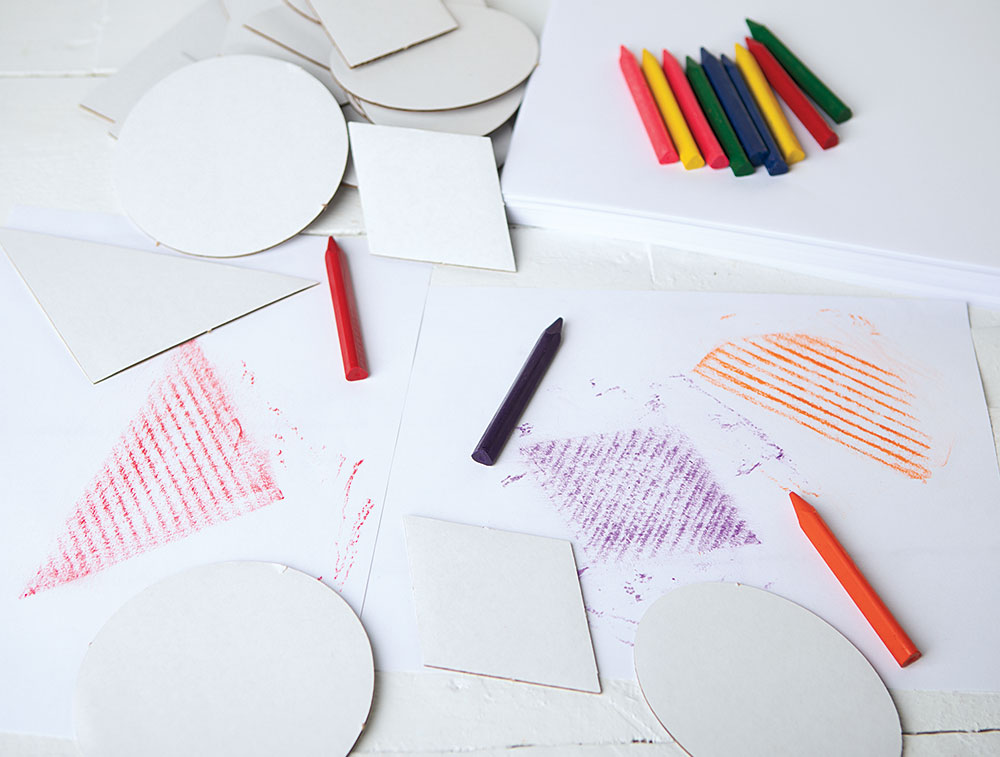
Menu
- Home
- Shape Shadows STEM Activity
shape shadows


intro:
Learning shapes is one of the most critical fundamentals of early childhood education. Since shapes will be used in everything from the formation of letters and numbers to basic geometry, it is important that children establish a complete understanding and foundation in these skills.
set up ideas:
Find a variety of shape stencils. Cut out your shapes with scissors or a die cutter. Make sure you use poster board, cardstock or another thick paper.
Learning shapes is one of the most critical fundamentals of early childhood education. Since shapes will be used in everything from the formation of letters and numbers to basic geometry, it is important that children establish a complete understanding and foundation in these skills.
set up ideas:
Find a variety of shape stencils. Cut out your shapes with scissors or a die cutter. Make sure you use poster board, cardstock or another thick paper.
let's get started
Cut out a shape (or shapes) from poster board or cardstock. Peel a few colors of crayons. Gather some art paper for the base of the project. Once you’ve gathered your supplies, have the children gather around to watch your demonstration.
step 1
Place the cut-out shapes on a flat, solid surface, such as a table.
Place the cut-out shapes on a flat, solid surface, such as a table.
step 2
Place a piece of art paper over the cut-out shape.
Place a piece of art paper over the cut-out shape.
step 3
Demonstrate crayon rubbing by using the side of a crayon across the surface of the art paper, going over the shape underneath. This creates a rubbing of the shape.
Demonstrate crayon rubbing by using the side of a crayon across the surface of the art paper, going over the shape underneath. This creates a rubbing of the shape.
step 4
Have the children repeat steps 1–3. Allow them to explore with different shapes and crayon colors.
Have the children repeat steps 1–3. Allow them to explore with different shapes and crayon colors.
Point out the impressions that are made by the rubbings. Allow the children to recognize that actions create an impact. Ask them to talk about a time when their actions made an impact on somebody else’s life. Help them to recognize the power of their actions.
For older groups, you can allow the children to cut out their own shapes. You could give them tracers or let them freestyle. Do whatever you feel the age group can handle.
 Follow up Activity
Follow up ActivityHave the children create pictures from their rubbings. Give them markers or other art supplies and let them take the reins. Encourage them to let their creativity flow.


